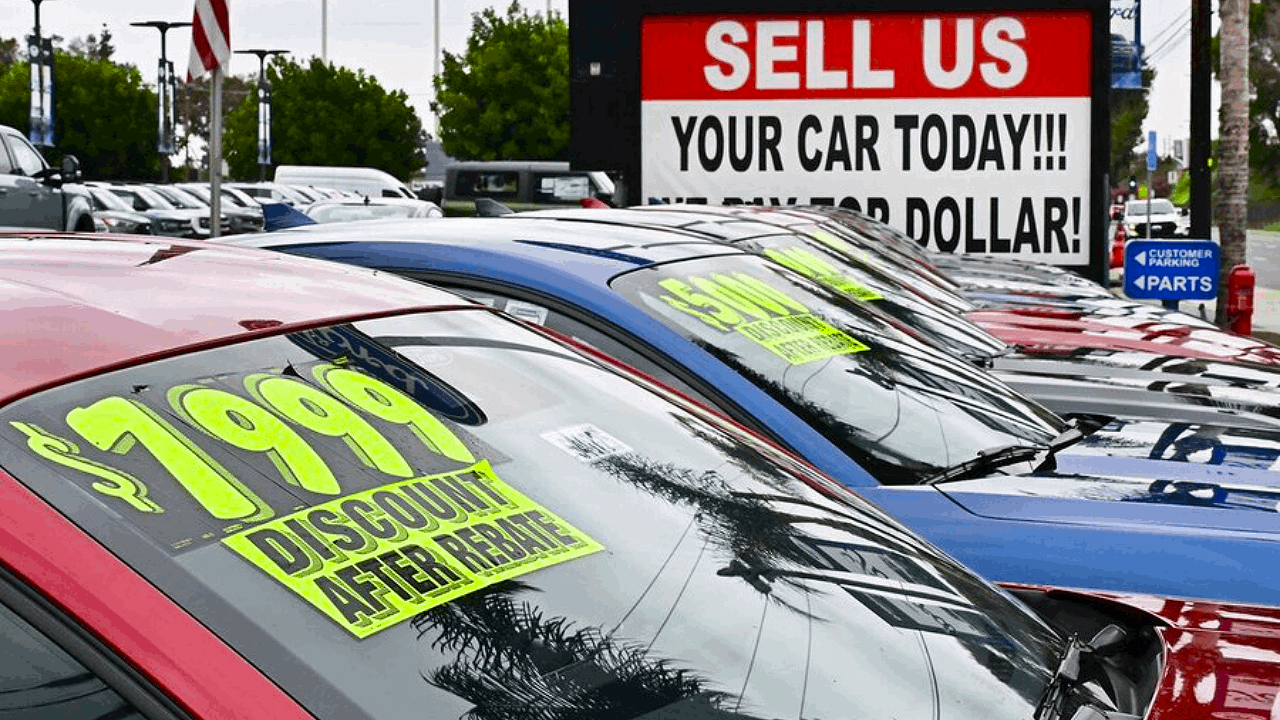
A crisis in the U.S. auto loan market was signaled on October 22, 2025, when PrimaLend Capital Partners, a significant subprime auto lender with headquarters in Plano, Texas, filed for Chapter 11 bankruptcy protection. PrimaLend’s demise highlights the mounting stress among subprime borrowers—those with bad credit—who depend on financing to purchase cars through “buy-here-pay-here” (BHPH) dealerships.
The company’s assets and liabilities are estimated to be between $100 million and $500 million. Creditors, investors, and dealers connected to PrimaLend’s portfolio are at risk from the fallout. This incident fits into a larger pattern because it comes after other subprime lenders, such as Tricolor Holdings, filed for bankruptcy in September 2025.
The Background of Subprime Auto Lending in History

Historically, subprime auto loans have benefited low-credit borrowers who frequently struggle to obtain financing from conventional banks. In particular, the BHPH model sells automobiles directly to consumers, increasing risk through higher interest rates. Subprime auto loans increased after the 2008 financial crisis as lenders loosened requirements to encourage sales.
Financial fragility was momentarily concealed by post-pandemic stimulus when government assistance increased consumers’ purchasing power. However, by 2025, subprime loan delinquency rates had risen to 6.5%, a multi-decade high for loans that were more than 60 days past due. Deep structural flaws are reflected in this trend, as lenders are currently suffering losses reminiscent of the mortgage crisis that occurred prior to 2008.
Examining PrimaLend’s Collapse in More Detail
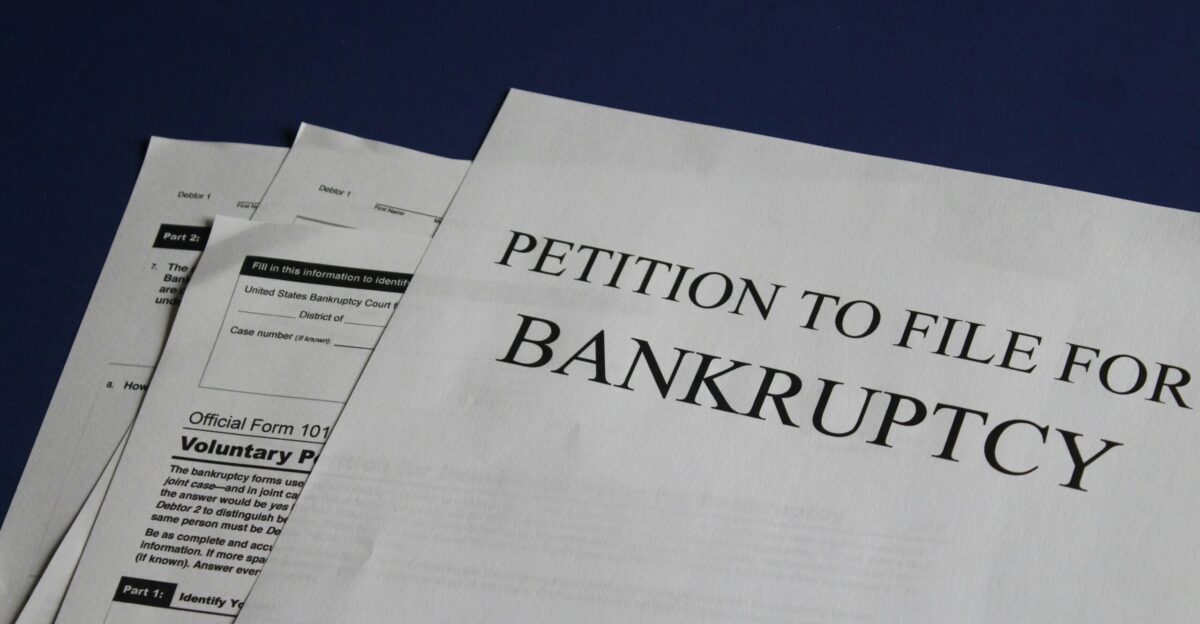
After missing interest payments for months while negotiating with creditors, PrimaLend filed for bankruptcy. One day after filing for bankruptcy, on October 23, 2025, the lender’s $161.7 million secured credit facility matured, indicating a calculated move to control creditor pressure.
The company’s pursuit of bankruptcy court oversight reveals severe liquidity strain, despite CEO Mark Jensen’s insistence that no debt was being called due immediately. The operations of PrimaLend are entwined with BHPH dealerships that cater to subprime borrowers, many of whom are living paycheck to paycheck and are susceptible to post-pandemic rate increases and inflationary pressures. The lender became insolvent in the middle of 2025 as a result of this combination, which produced an unsustainable debt service environment.
The Mechanisms of Delinquency and Subprime Auto Loans

High-risk circumstances govern the operation of subprime auto loans; interest rates typically surpass 15% to 30% annually, indicating the financial instability of borrowers. Emerging default waves are indicated by delinquency rates above 6% for 60+ days, such as the 6.5% recorded in January 2025.
Despite a 2% overdue rate for all auto loans, including prime, this trend has gotten worse through 2025. Subprime loans make up a sizable amount of the $1.66 trillion in auto debt, so default cascades have the potential to seriously impair creditor balance sheets. Notably, PrimaLend’s portfolio shows systemic escalation risks by exposing lenders to possible loan losses of at least $100 million. Lenders and dealers who depend on consistent loan repayments to sustain inventory turnover are both at risk from this dynamic.
Social and Economic Repercussions for Borrowers

Americans with low to moderate incomes who are stuck with unaffordable loans are at the heart of this debt bomb. Many people’s financial flexibility is limited because they are “underwater” on their car values, meaning they owe more than the vehicle is worth. Since cars are necessary for getting to work, school, and medical care, the increase in repossessions seriously disrupts families’ livelihoods.
Loss of transportation widens socioeconomic gaps by driving vulnerable groups into poverty and unemployment. High inflation and stagnant wage growth are contributing factors to this crisis, making it difficult for households to keep up with growing expenses. The demise of PrimaLend is a severe social sign of growing economic hardship among the American working class, not merely a financial one.
Auto Financing’s Financial Domino Effect
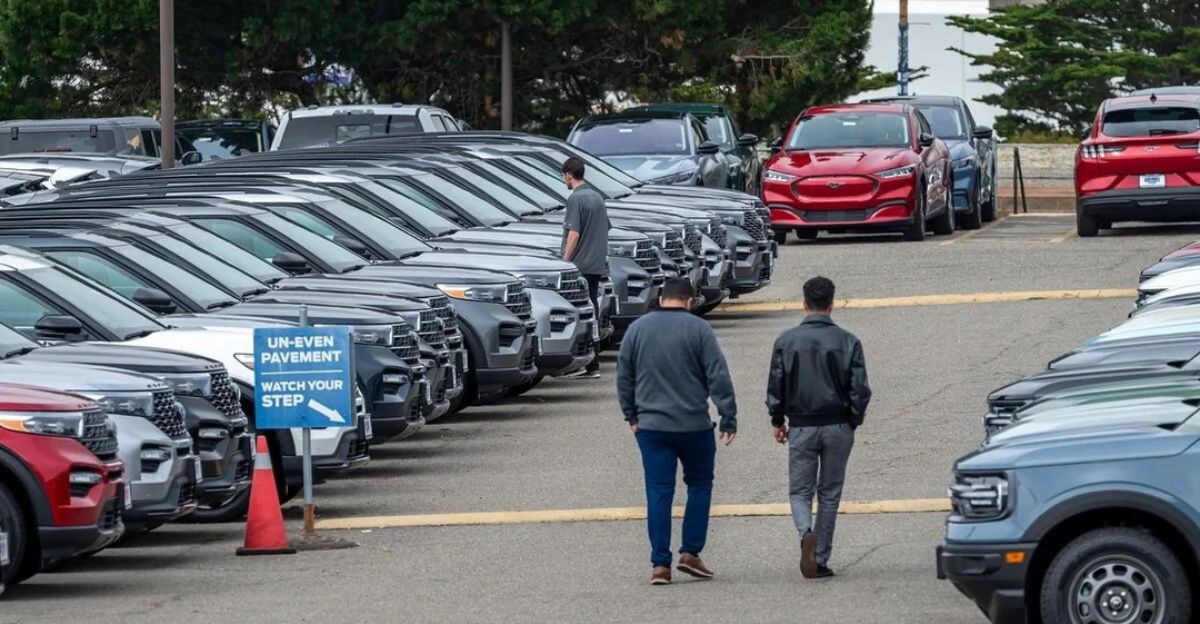
After the bankruptcies of First Brands and Tricolor Holdings, PrimaLend is the third major subprime lender to fail in a single month, totaling over $1 billion in sector distress. Dealers who rely on financing channels are forced to sell off inventory or tighten lending due to credit constraints.
This financial tightening could result in a credit freeze in the industry, which would lower sales of new cars and have an impact on the auto industry’s larger supply chains, which include aftermarket services and manufacturers. Therefore, the auto loan crisis could spread from personal finance to the industrial sector.
Could the Crisis Be Mitigated by Innovation?

Traditional subprime auto lending may be disrupted by new fintech solutions, according to some experts, such as fractional ownership models and AI-driven credit underwriting. By more accurately pricing loans, improved risk assessment tools may also increase borrower affordability and lender confidence. Furthermore, reliance on long-term loans may be lessened by subscription-based auto services or shared mobility platforms.
These developments are still in their infancy, though, and are unlikely to stop the immediate consequences of long-standing bad debts. The PrimaLend bankruptcy demonstrates how antiquated models based on high-interest subprime lending continue to be fragile while new frameworks find it difficult to grow quickly enough to take their place.
The Behavioral and Psychological Aspects of Auto Debt

Particularly for Americans in the working class, auto loans have a powerful psychological impact and are frequently seen as a sign of stability and independence. The inability to continue making payments can lead to feelings of guilt, anxiety, and low self-esteem, which further limits people’s employment opportunities and mental well-being. According to behavioral economics, the “sunk cost fallacy” and ownership biases cause borrowers to keep falling behind on their payments rather than completely defaulting.
However, this ongoing debt creates a debt trap with increasing financial and psychological costs. Although PrimaLend and comparable lenders profit from these effects of behavioral inertia, the growing number of defaults indicates that borrower tolerance has reached a limit. Beyond just numbers, this psychological component increases the car debt crisis’s societal cost.
Future Regulatory and Policy Difficulties
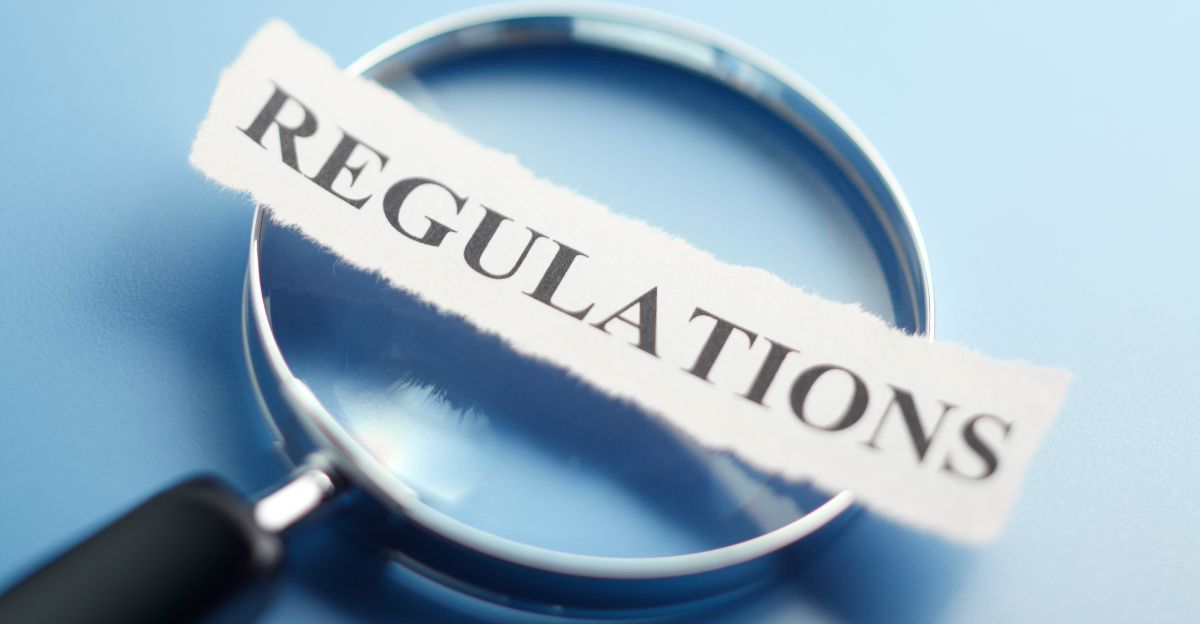
Regulators must strike a difficult balance between protecting consumers and maintaining market stability. The sharp increase in subprime delinquencies necessitates stricter regulation of BHPH dealerships and loan securitization procedures, even as new guidelines from the Consumer Financial Protection Bureau (CFPB) promote openness and equitable lending. It is anticipated that systemic risks associated with subprime auto financing will be examined in congressional hearings in late 2025.
Stricter underwriting guidelines, interest rate caps, and initiatives to refinance troubled loans are some of the proposed policies. However, political differences and auto lenders’ lobbying could delay reforms.
Market Information Supporting the Crisis Path

A multi-decade high of 6.5% for subprime auto loan delinquencies for loans older than 60 days was set in October 2025, when Moody’s warned of deteriorating performance due to inflation and slow growth. With an estimated 20% subprime exposure, the total amount of outstanding auto debt reached $1.66 trillion.
Fitch Ratings predicts higher credit losses in the upcoming quarters, indicating that PrimaLend’s demise is a sign of a deteriorating ecosystem rather than an isolated incident. Repossessions of vehicles are increasing, and community banks and credit unions report increased portfolio stress.
Networks of Dealers and Customers
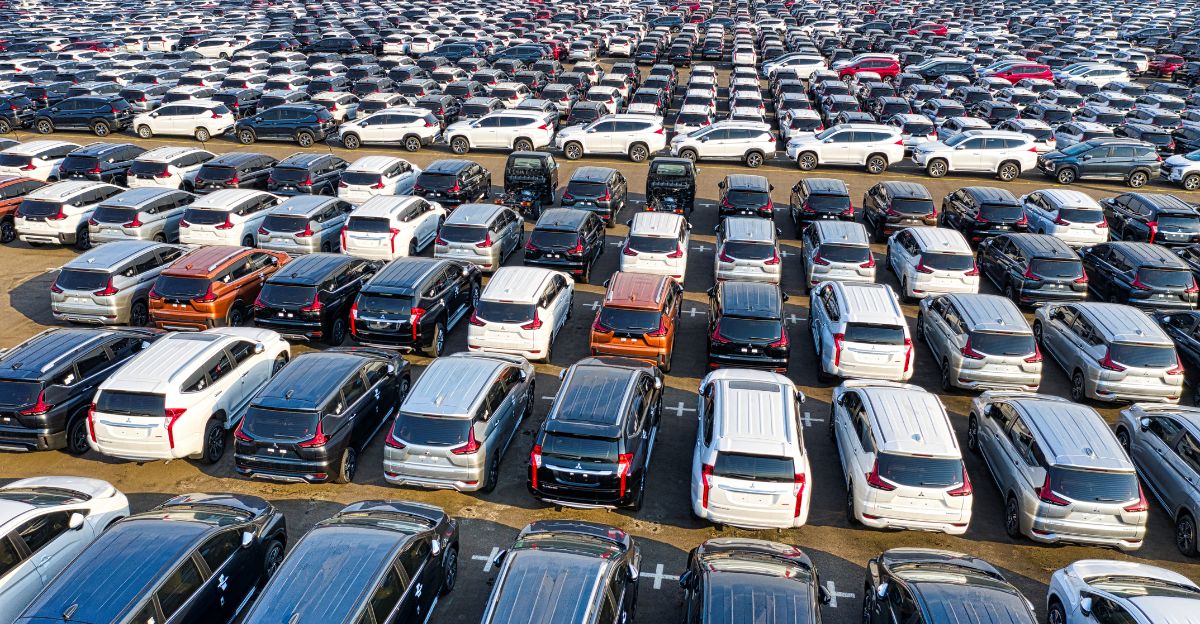
The survival of BHPH dealerships is directly threatened by the demise of subprime lenders. To keep up with inventory and sales cycles, these dealers depend on consistent financing inflows. Credit-challenged consumers may have less access to cars as a result of dealers restricting credit, rejecting marginal buyers, or closing their doors due to the PrimaLend fallout.
The insurance industry, service economies, and secondary markets are all impacted by a decline in the availability of car ownership. The situation for consumers is worse since there are fewer reasonably priced options for purchases and a higher chance of repossessions. Rural and economically disadvantaged communities are especially affected by this cycle, which lowers consumer confidence and mobility.
The Debt Overhang and the Pandemic Stimulus Paradox
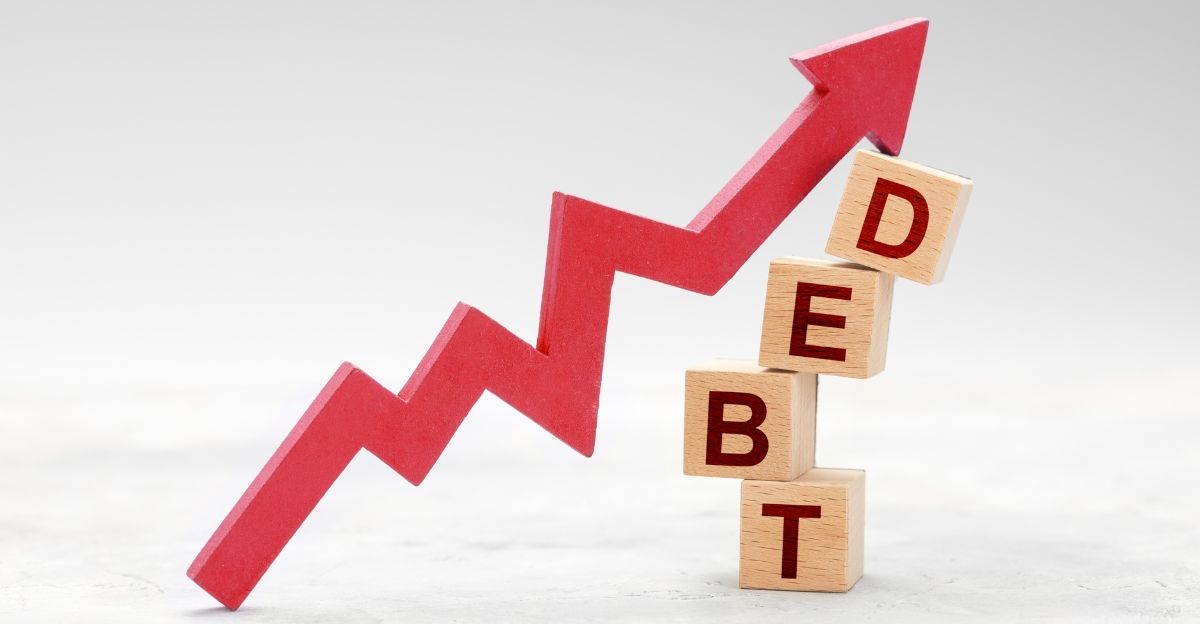
Demand was momentarily supported by stimulus payments from the pandemic and loosened credit requirements. Critics counter that these actions concealed the real financial situation of subprime lenders and borrowers. In the absence of the stimulus safety net, inflation and wage stagnation make it more difficult for borrowers to repay high-interest loans.
The filing from PrimaLend demonstrates how short-term liquidity purposefully postponed unavoidable defaults. When emergency assistance stopped, this “stimulus paradox” created a debt trap by inflating asset values and debt levels.
The Collapse of Tricolor Holdings
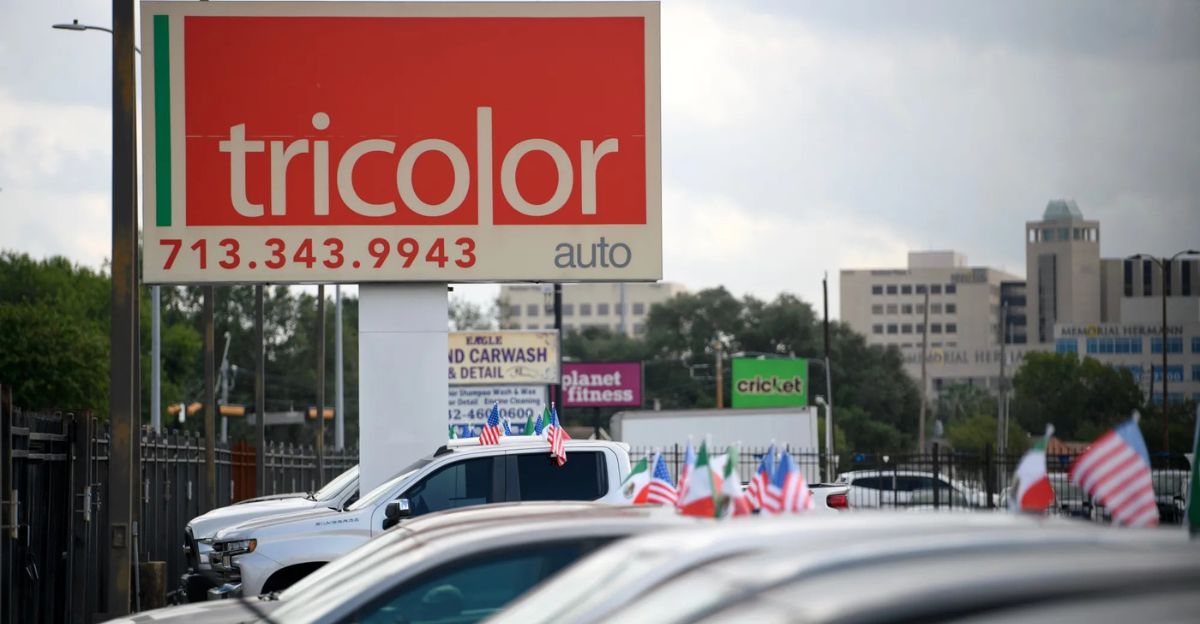
The bankruptcy of Tricolor Holdings in September 2025 hinted at PrimaLend’s difficulties. Tricolor, which oversaw $400 million in subprime loans, also failed as a result of mounting defaults and pressure from creditors. Following bankruptcy, Tricolor’s default had a negative impact on credit availability in several states, which prompted local dealers to stop making loans.
This case serves as an example of how the failure of large subprime lenders can affect local economies and prevent millions of people from accessing cars. Together, Tricolor and PrimaLend represent a sector that is rapidly losing billions, highlighting the fact that this is a growing crisis rather than a series of isolated incidents. These collapses’ magnitude, velocity, and potential for chain reactions make them an uncommon occurrence in the US credit markets.
Collapse in Concert?
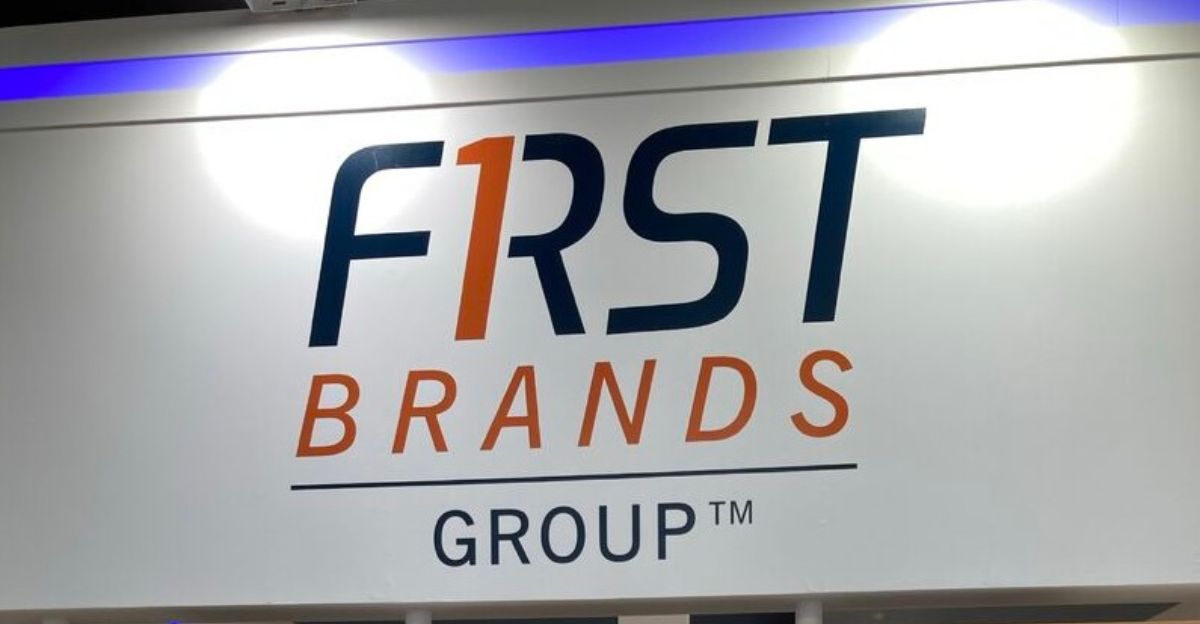
Three significant subprime lenders (First Brands, Tricolor, and PrimaLend) collapsed almost simultaneously in October 2025, which raises questions about either systemic mismanagement or coordinated contagion. Is it possible that these filings are a tactical default to restructure or avoid increasing demands from creditors?
Or are subprime borrowers experiencing synchronized defaults as a result of worsening macroeconomic conditions because they are all exposed to rising interest rates, inflation, and stagnating wages? Industry insiders warn that linked loan syndications and bond covenants increase systemic risk beyond what is shown in individual filings, even though no direct collusion has been proven.
America Is at a Turning Point
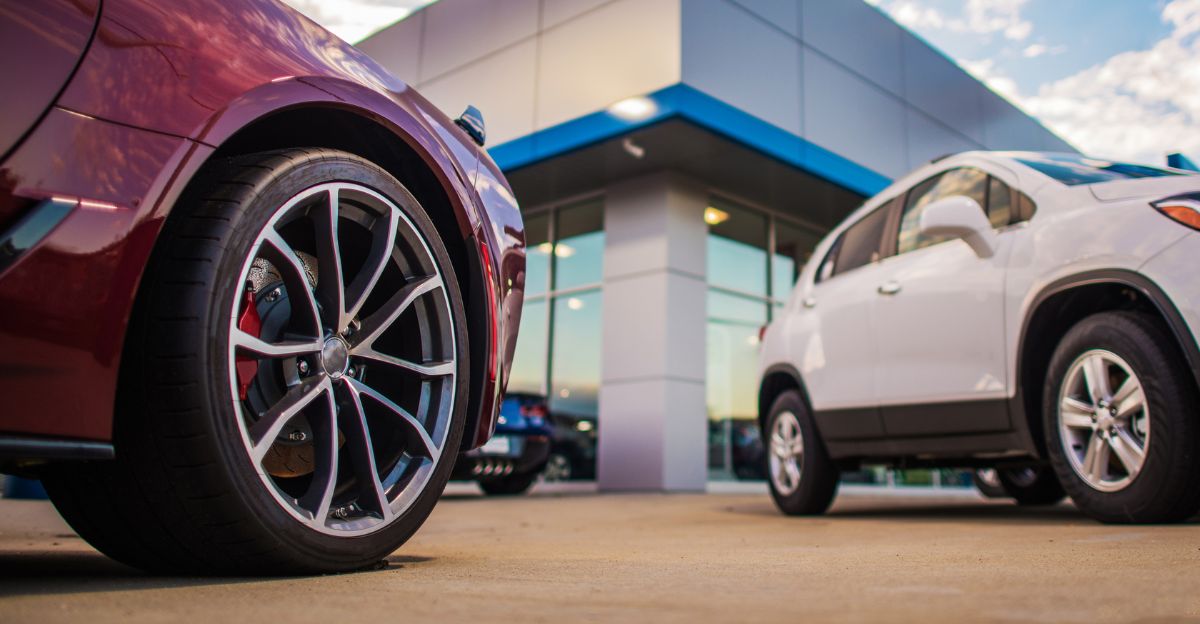
The bankruptcy of PrimaLend is a blatant indication that the “time bomb” of subprime auto lending has exploded. Due to record delinquencies, the $1.66 trillion auto loan market presents a serious risk to investors, dealers, lenders, and borrowers. The American Dream of mobility is in danger of being undermined by the deeper economic cracks revealed by this crisis, including stagnant wages, consumer overextension, and structural credit gaps.
In order to prevent a wider economic impact, responses must go beyond band-aid solutions; systemic changes, regulatory attention, and innovation are essential. What the industry does next will decide whether this debt crisis turns into a painful but manageable correction or a historic economic upheaval.